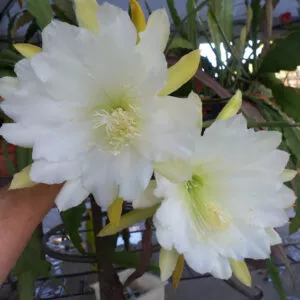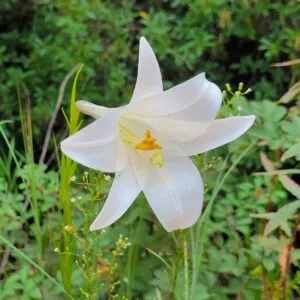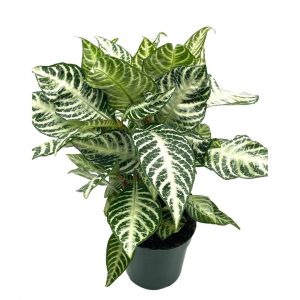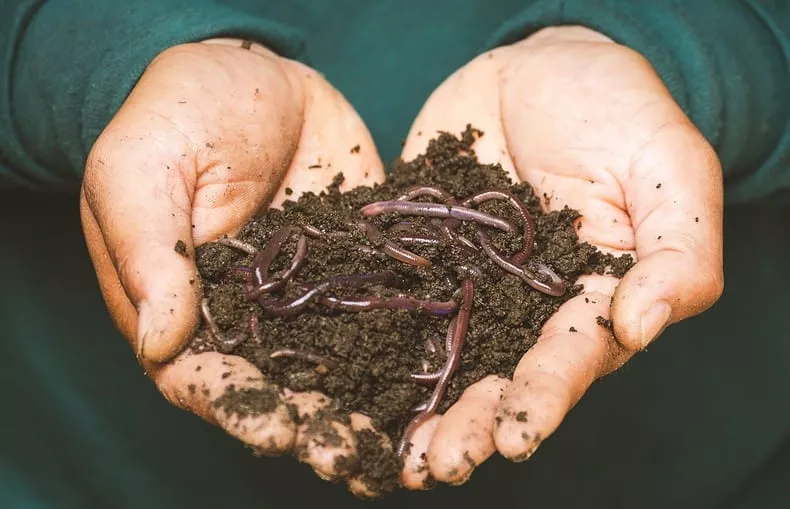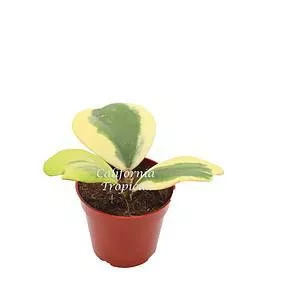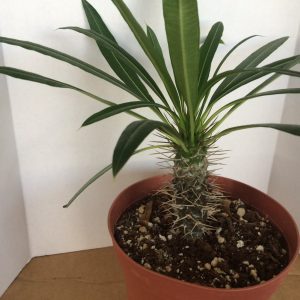No products in the cart.
Table of Contents
Does the citronella plant repel mosquitoes, so you need not grab bug zappers or chemical spray? The short answer is that no evidence suggests that the plant repels mosquitoes.
While the lemony fragrance of the leaves continuously releases essential oils to ward off pests. Many studies found no evidence to prove that essential oil works.
Still, even if it does not work effectively, it remains a wonderful garden plant to grow with the fragrance it gives off. So, brace yourself for a journey of growing citronella and taking care of it.

More About Citronella Plants
The citronella plants belong to the Geranium family and have a citrusy scent in the foliage. Crushing the leaves and rubbing some of the oil on your skin can discourage mosquitos, but not for long.
While the plant does not naturally deter pests, the lacy leaves with upright growth to three feet high work well as a summer border or even in a large mixed container. While the citronella plant benefits are mainly the gorgeous citrus smell that repels mosquitoes, it remains a beautiful plant in the garden.
A warning is that citronella oil can irritate some people’s skin. The citronella plant also has other common names:
Mosquito Plants
Pelargonium citrosum
Citrosa geranium
Geranium citronella
The plants are a cross between Cymbopogon nardis/citronella grass and rose-scented Geranium. The mosquito plant grows lacy green leaves with lavender or pink flowers. You can also grow the scented Geraniums as a perennial in your growing zone 9-11.
Yet, you can grow them in colder regions as an annual plant to replace them yearly.
-
$16.00Sold By: Smoot's Farm
In stock
Cactus Orchid Epicactus Epiphyllum Eternity
Only 11 available and it’s in 2 people’s basketRated 4.89 out of 5 based on 27 customer ratings00Sold By: Smoot's Farm -
Free Shipping$3.50 – $8.00Sold By: Chill Hill Farms
In stock
Philippine Lily | Lilium Philippinese | Florida Grown
Sold By: Chill Hill Farms -
$9.99Sold By: BubbleBlooms
In stock
White Aloe, pink blush, rauhii Reynolds, Snowflake, Flowering blooming size variegated white aloe, very special limited supply rare plant 4″
Rated 4.81 out of 5 based on 279 customer ratings00Sold By: BubbleBlooms -
$15.99Sold By: BubbleBlooms
In stock
zebra plant in a pot
Rated 4.81 out of 5 based on 279 customer ratings00Sold By: BubbleBlooms
Citronella Plant Care
If you decide to grow citronella as an annual, it helps to transplant after the last spring frost date. Once you decide on the best spot for growing citronella, they are pretty simple to care for.
Where to Grow Citronella
You can grow mosquito plants as potted plants or in the garden. Yet, when the time arrives to plant your citronella plants, there are some things you can do:
For citronella plants indoors, we recommend you harden them off by placing them outdoors gradually with time for about two weeks.
Then dig a hole the same size as the root ball and a bit wider than your plant’s width.
Before removing your plant from the container, water it well, and if it looks rootbound, we recommend teasing the roots apart. Then place it in the ground and cover it with soil.
For planting citronella in groups, provide your plants with a foot of spacing apart.
The citronella mosquito plant can grow in containers, which helps start them in a four to six-inch pot size. With potted plants, it helps if you live in freezing climates to move them indoors.
What kind of potting soil does citronella need?
Mosquito-repelling plants thrive in well-draining soil with specific characteristics. Citronella plants require soil that drains well. They do not tolerate waterlogged or soggy conditions, as this can lead to root rot and other problems.
Well-draining soil ensures that excess moisture moves away from the roots and allows the plant to establish a healthy root system. Mosquito-repelling plants prefer slightly acidic soil to neutral pH levels, typically 6.0 to 7.0.
You can test your soil’s pH and make adjustments if necessary by adding lime to raise the pH or sulfur to lower it. The soil should be loose and friable, which means it should be crumbly and easy to work with. This type of soil allows for good root penetration and aeration.
Incorporating organic matter into the soil can be beneficial for citronella plants. Compost or well-rotted organic materials can help improve soil structure, nutrient retention, and health. If you’re growing the citronella plant indoors in pots, use a high-quality potting mix designed for container gardening.
These mixes typically have good drainage properties and are well-suited for container plants. Applying a thin layer of organic mulch, such as straw or wood chips, around the base of citronella plants can help conserve energy, suppress weeds, and maintain soil temperatures.
Nevertheless, ensure the mulch doesn’t pile up against the plant’s stem to prevent potential rot.
Citronella Plant Care and Light

The citronella mosquito plant grows well in partial shade to full sun. Still, it helps supply your plant with afternoon shade in regions with scorching climates. This works best if you grow your citronella plant in containers, as you can move them around.
Grab some leaves to release the refreshing scent on a patio, kitchen, or landscape. Your citronella plant needs at least eight hours of sunlight daily in the morning. As a container plant, you can place them in sunny window boxes.
When your plant needs more light, it will become leggy and stretched out.
Watering Your Mosquito Plant
One important thing is to prevent overwatering your mosquito plant. Instead, wait until the top inch of soil feels dry during the growing season. For this reason, supply your plants with enough drainage holes for excess moisture to drain.
For gardening grown plants, you can water when the first two inches in the soil dry, and the same applies when bringing containers indoors. The best time to water is in the morning to allow the foliage to dry.
Also, avoid wearing your citronella leaves too much, as they can develop fungal diseases. Giving your citronella plants too much water under cool conditions can lead to root rot. Your plant is somewhat drought-tolerant, but preferably, do not let it dry out completely.
Temperature and Humidity
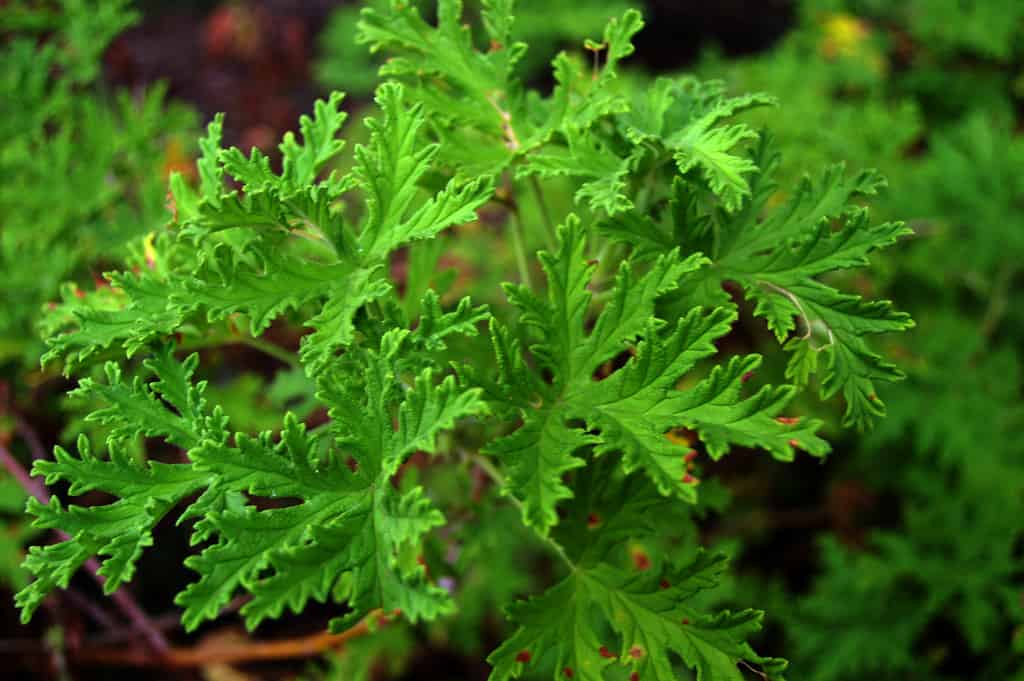
The citronella plant is a vigorous plant that can handle different temperatures up to 90°F. If the temperatures drop below the 30s, we recommend bringing them inside.
When the temperatures go above the 90s, it can lead to summer stress leaving your plant wilted.
The same applies to a high moisture level as it can result in stem rot, as they prefer humidity levels of 40%-70%.
Citronella Plant Care and Fertilizing
When it comes to citronella and plant care for healthy stem growth, it helps to give your citronella plant an all-purpose plant food as fertilizer. Doing this encourages blooms in early summer. Feeding can occur monthly in the active growing season from spring to summer. Then, refrain from feeding in the fall and winter months.
Citronella Plant Care and Pruning
Pruning can be done anytime by snipping off the tip of the two uppermost leaves and the points in between on a shoot. When you do this, it helps encourage blooms and the leaf node to branch out.
You can do this once a month in the growing season for new growth. Bringing your citronella indoors in winter helps to prune them; the same applies when taking them outdoors in spring.
You can cut them back a third and snip off the faded blooms to help your plant produce more flowers.
How to Propagate Citronella
There are two ways to propagate your plant from seed or cuttings. But we recommend cuttings as it is more successful and faster.
Take a pair of sterilized scissors and cut up to three inches off a healthy stem. We recommend cutting one with two leaf nodes attached.
Remove all the leaves at the bottom and leave two leaves attached at the top.
Then, dip the cut end in some rooting hormone to aid new growth. Using a rooting hormone is optional.
Next, stick the cut end into potting soil, keep it moist, and cover it with a plastic bag, creating a greenhouse effect. Water when the soil dries out a bit.
Keep your plant in indirect light, wait a few weeks for roots to develop, and remove the plastic bag.
Once it grows a set of true leaves and a strong root system, you can transplant them into other containers or the garden.
Citronella Plant vs. Citronella Grass
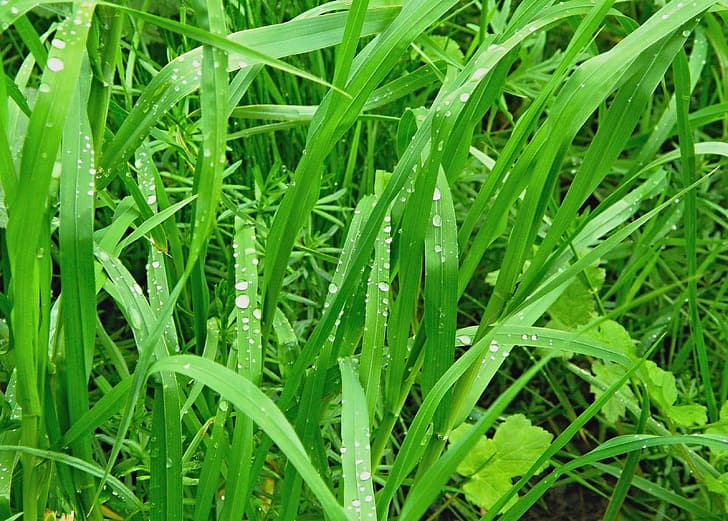
While the two plants have the same familiar names, the two differ in the genus. The two are unrelated as the citronella plant is a scented Geranium you can grow in a flower bed. The other is like grass. The only common thing they share is the fragrant foliage with a lemony fragrance; you can use it to make essential oils.
Pests and Disease Problems
When citronella grows, they are, to some extent, trouble-free from pests. Yet, when stressed, they can be bothered by whiteflies and aphids. When you plant citronella, which is troubled by insects, you can use a water spray to remove them.
Then use some insecticidal soap as a treatment.
Frequently Asked Questions
Mosquito-repelling plants like the citronella will not kill pests but can keep them away for a very short while. But these plants serve more of an ornamental purpose in the landscape.
You can grow the plant in a container or landscaping in a warm location. In growing zone 9 to 11, you can grow them as perennials year-round. While in cooler regions, you can grow them as indoor plants.
Yes, they are, and in some Vietnamese cuisine, it is added to soups with garlic, ginger, and other spices. The flowers and leaves you can eat.
Citronella plants contain a natural repellent that can help deter mosquitoes. However, their effectiveness may vary, and they might not provide complete protection on their own.
To use a citronella plant as a mosquito repellent, place it in outdoor areas where you want to discourage mosquitoes. Crush the leaves to release their fragrance, which contains citronella oil, a natural repellent. While effective to some extent, it’s best used in conjunction with other measures like screens, repellents, and removing standing water to maximize mosquito control.
Application of citronella oil on the skin can lead to skin irritation or allergic reactions in certain individuals. Consequently, the use of citronella oil products on children under six months of age should be avoided unless specifically advised by a medical professional.
Place your citronella plant in areas where mosquitoes are a concern, like patios or near seating areas. Ensure it receives sufficient sunlight and is protected from cold temperatures.
Whether you want to buy, sell or simply reach out to other plant enthusiasts, Plantly is the right place to be!
In stock In stock Only 1 left in stock In stock
Free Shipping
$39.99
Sold By:
California Tropicals
Hoya Kerrii Variegated 3+Leaves– 4″ from California Tropicals
Only 35 available and it’s in 1 people’s basket Rated 4.96 out of 5 based on 25 customer ratings04
Sold By:
California Tropicals
Free Shipping
$8.00
Sold By:
Chill Hill Farms
Philippine Lily | 100+ Seeds | Lilium Philippinese | Florida Grown
Sold By:
Chill Hill Farms
Free Shipping
$249.59
Sold By:
BONSAI WORLD LLC
Chinese Flowering White Serissa Bonsai Tree of a Thousand Stars
Sold By:
BONSAI WORLD LLC
$29.99
Sold By:
Succulent Oasis
Large Madagascar Palm | A very unique and beautiful cactus
Rated 4.84 out of 5 based on 352 customer ratings00
Sold By:
Succulent Oasis

